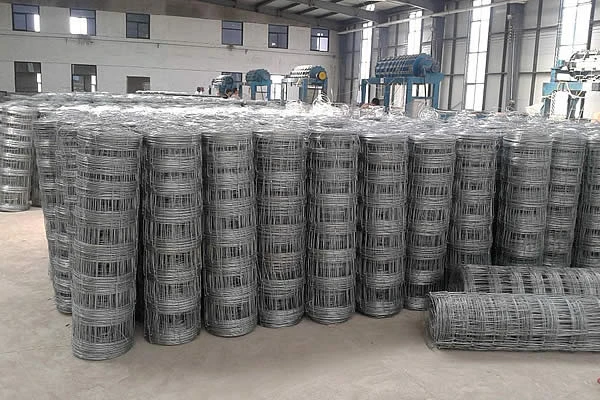 TEL:
+86-13102802206
TEL:
+86-13102802206
 Email:
fencenetting@china.com
Email:
fencenetting@china.com
 Language
Language
 TEL:
+86-13102802206
TEL:
+86-13102802206
 Email:
fencenetting@china.com
Email:
fencenetting@china.com
 Language
Language


The Intricacies and Applications of Barbed Wire Concertina Coil
Barbed wire concertina coils have long been synonymous with security and deterrence, playing a crucial role in various fields ranging from military fortifications to civilian perimeter security. With an intricate design that serves both practical and psychological purposes, these coils symbolize an enduring method of protecting boundaries and assets. This article delves into the details of barbed wire concertina coils, exploring their design, applications, and significance in modern security measures.
Design and Structure
The barbed wire concertina coil consists of sharp, barbed wire coils that have been twisted together, creating a series of circular, spiral sections. This design allows for easy deployment and a flexible structure that expands outward, thus covering a larger area and effectively preventing unauthorized access. The barbs are strategically spaced along the wire, ensuring that any attempt to breach the coil results in not only physical difficulty but also a psychological barrier, as potential intruders are deterred by the sight of the razor-sharp protrusions.
One of the primary materials used in the construction of concertina coils is galvanized steel, which provides both durability and resistance to corrosion. The steel construction guarantees that these coils maintain their integrity over time, even in harsh weather conditions. The coils can be further enhanced with additional protective coatings depending on the environmental demands of their intended location, making them a versatile choice for various settings.
Applications Across Contexts
Barbed wire concertina coils find a plethora of applications across different sectors. Their most recognized use is in military installations, where they serve as a formidable barrier against potential threats. By surrounding bases and strategic locations with these coils, military forces can create secure perimeters that are difficult to breach. Furthermore, they act as a visual deterrent, warning potential infiltrators of the risks associated with attempting unauthorized entry.

In civilian contexts, these coils are employed in a wide range of security measures. Prisons and correctional facilities utilize concertina coils to heighten their security landscape, ensuring that inmates remain confined while preventing escape attempts. Additionally, critical infrastructure sites like power plants, oil refineries, and government buildings rely on these coils as part of their broader security measures. The coils not only provide a physical barrier but also enhance the effectiveness of surveillance systems by guiding the focus of cameras and guards toward likely entry points.
Beyond security, barbed wire concertina coils have applications in agriculture, particularly in livestock management. Farmers utilize these coils to enclose pastures and protect livestock from predators. The coils offer a practical and efficient solution to keeping animals safe while ensuring that they remain within designated areas.
Psychological Impact and Social Responsibility
While the primary function of barbed wire concertina coils is security, it is essential to acknowledge their psychological impact. The mere presence of these coils can evoke a sense of foreboding and unease, creating an environment of heightened tension. This duality raises questions about the broader implications of utilizing such barriers in community settings, where the introduction of concertina coils may foster an atmosphere of fear and division rather than safety and unity.
As society progresses, security measures must adapt to balance safety and communal well-being. Innovations in technology, such as surveillance cameras and motion detectors, are increasingly being integrated into security systems to complement traditional measures like concertina coils. This multifaceted approach encourages a more holistic strategy, considering the physical and emotional ramifications of security implementations.
Conclusion
Barbed wire concertina coils remain a vital tool in the arsenal of security measures across various sectors. Their unique design and versatility make them effective for both military and civilian applications, while their psychological impact on potential intruders cannot be understated. As we continue to prioritize safety in an ever-evolving landscape, it is crucial to reflect on the implications of our security choices, fostering environments where safety and community coexist. By adapting traditional methods with modern technology and approaches, we can create security solutions that respect the intricacies of human interaction while providing the necessary protection.